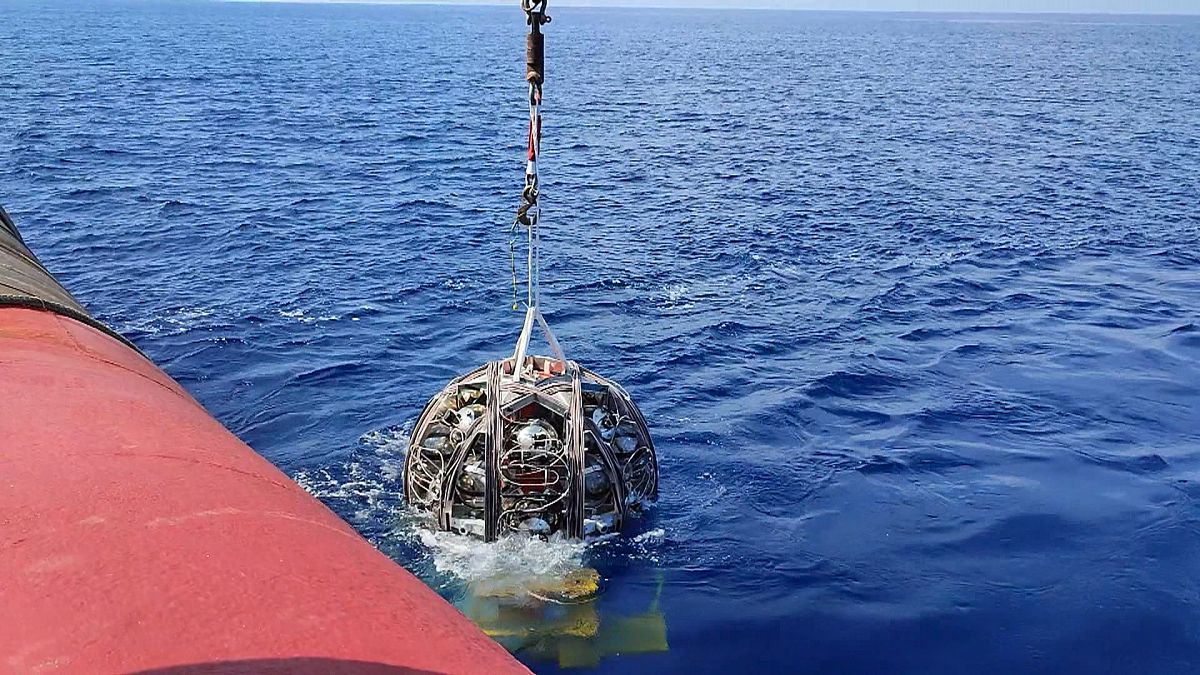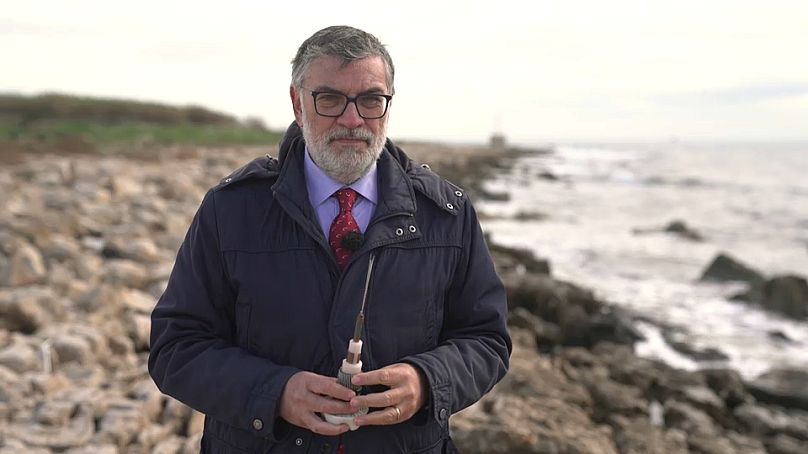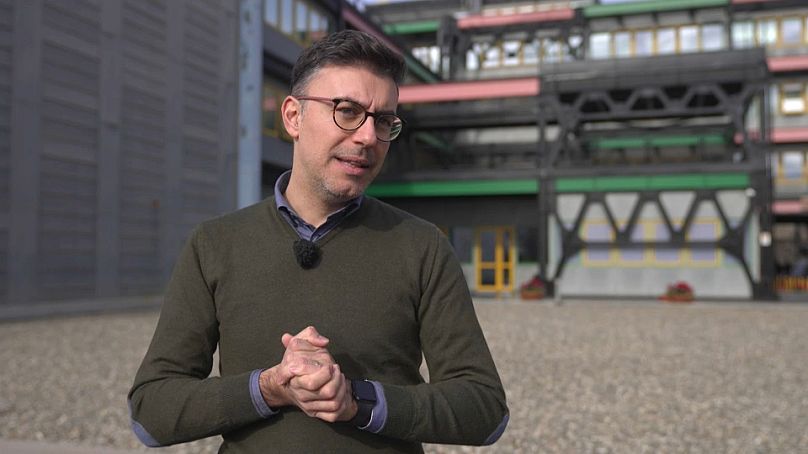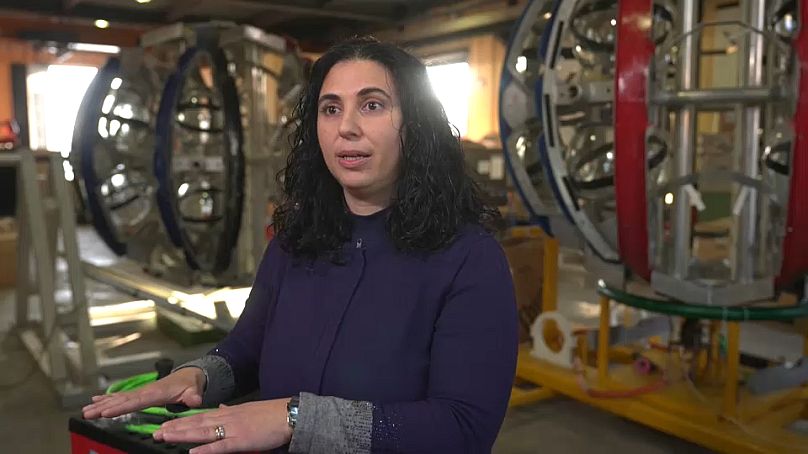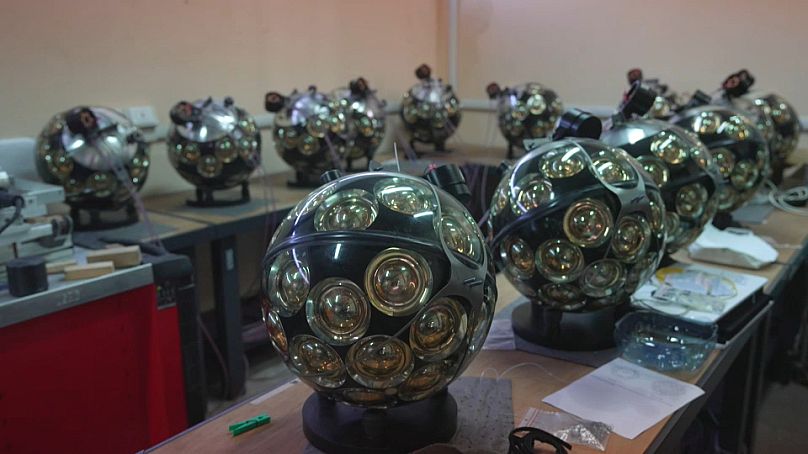In this episode of Smart Regions, we take a deep dive into Sicily's underwater laboratory that could help us better understand the origins of our universe.
IDMAR is Europe's largest underwater telescope. It is located off the coast of Portopalo di Capo Passero, at the southern tip of Sicily.
Spherical underwater nodes look and listen out for what's happening in the Mediterranean, transmitting valuable information to researchers in real time.
"IDMAR is located 100 kilometres from here, to the east, and through this wire, at a depth of 3500 metres, it provides us with information on geophysics, volcanology, biology and above all shows us how the universe is made," explained Giacomo Cuttone, IDMAR's Scientific Coordinator.
From the foot of Mount Etna in the eastern city of Catania, the Italian Institute of Nuclear Physics coordinates this European project.
Simone Biagi belongs to the multidisciplinary research team of this underwater laboratory, located 3.5 km below sea level, right where the southern part of the European plate meets the northern part of the African plate. With IDMAR, they are able to photograph and map this seismic zone.
But researchers are also trying to answer a much broader question about the universe, by studying rare elementary particles called neutrinos that travel across land, sea and space.
"Neutrinos can certainly provide a very important answer to understanding the origin of cosmic rays," Simoni Biagi told Smart Regions.
"Cosmic rays come from particles that bombard us, that bombard the Earth. And we still don't know where these cosmic rays come from. If we start to measure, to see neutrinos coming from the universe, that really explains in some way where we come from."
IDMAR consists of 28 lines, each line, composed of 18 spheres equipped with thousands of sensors.
How is IDMAR funded?
The total budget is €40 million, of which €19 million comes from the EU cohesion policy and €1 million from the region of Sicily.
The partners in this project include the National Institute of Nuclear Physics, the National Laboratories of the South in Catania (implemented in partnership with the National Institute of Geophysics and Volcanology in Palermo and Messina), and the Institute for the Study of Anthropic Impacts and Sustainability in the Marine Environment in Trapani's Capo Granitola.
Shining a light on underwater marine life
In the INFN-LNS String Integration laboratory at the port of Catania, Giuseppina Larosa takes care of the IDMAR ears.
Each sphere is fitted with a hydrophone - an underwater device that detects and records ocean sounds from all directions.
So, what have they discovered by studying the sea's murmur at such great depths?
"With IDMAR, we thought that there were no more whales in the Mediterranean, only sperm whales," Giuseppina Larosa revealed.
"However, we found that they were moving around, but at greater depths. Thanks to the sound, we know where they are and where they are moving."
